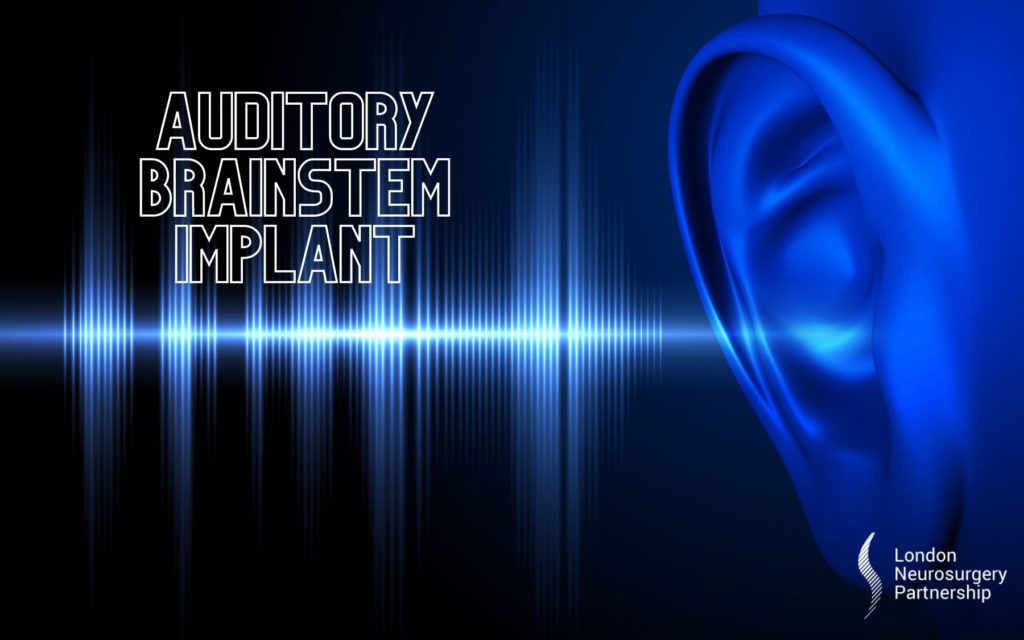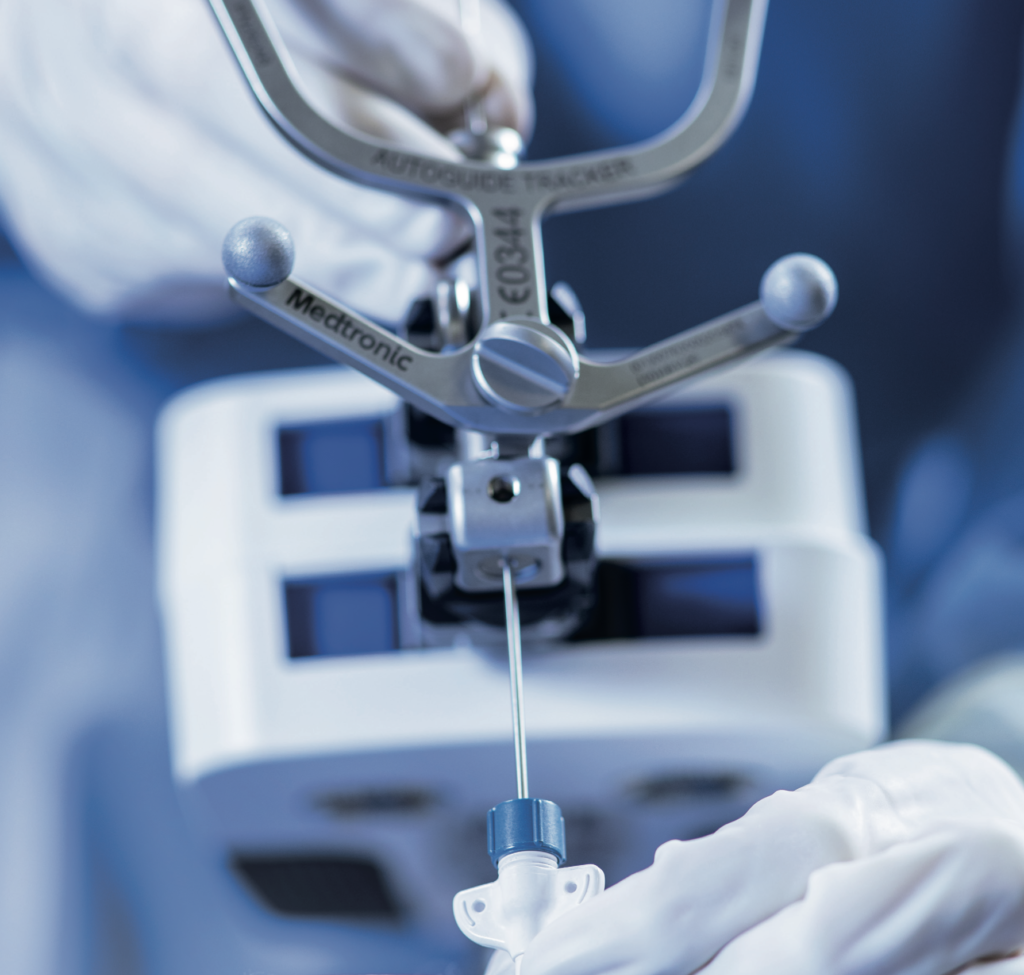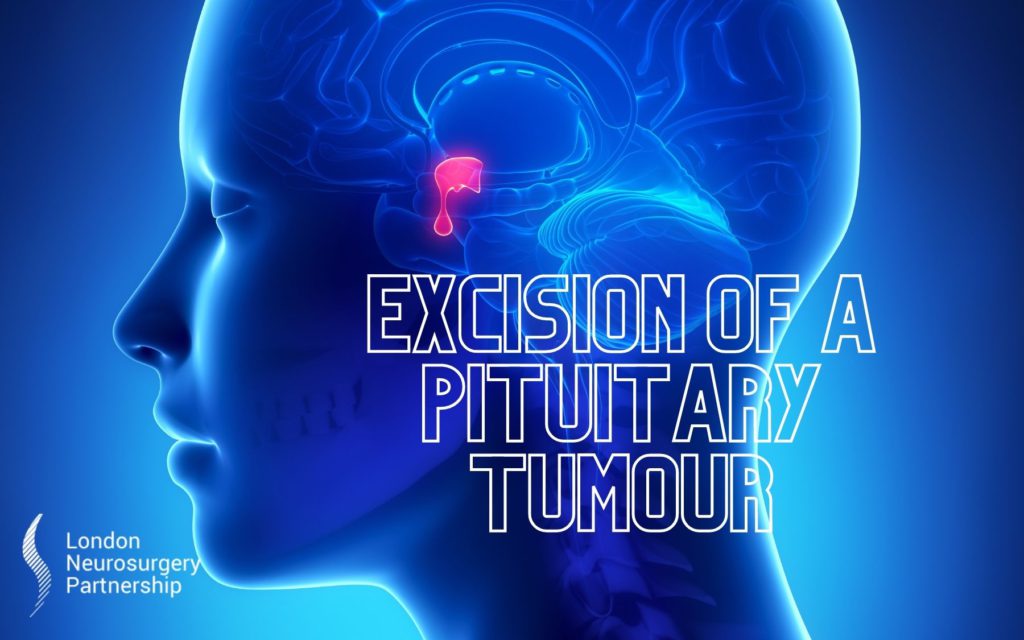
Auditory brainstem implant
An auditory brainstem implant is an electrical device that is used to help patients to hear. This device is used on patients that have a damaged or missing cochlea and/or cochlear nerves, as well as patient that have hearing problems related to the removal of a brain tumour. Auditory information (noise) is picked up at the cochlea and is then transfer to the brain via the cochlear nerves. They are two of the most important components that are needed to hear.
Many years ago, this treatment was only offered to adult patients that had had an acoustic brain tumour removed and therefore needed help with hearing. This treatment option is now offered to paediatric patients when a cochlea implant is not an option.
At the London Neurosurgery Partnership, we are lucky to have some of the only surgeons in the country that are able to work with and operate on patients that need an auditory brainstem implant.
How does an auditory brainstem implant work?
The device consists of two parts:
- The first part is surgically placed under the skin onto the cochlea nucleus which is in the brainstem. This is made up of an electrode array and a receiver stimulator.
- The second part is worn externally and held in place with a magnet. This is called the speech processor. This part can be removed at any time, for example when sleeping or having a shower.
Before you or your child is considered for this surgery, a multidisciplinary team will go over your individual needs and general health to assess if an auditory brainstem implant is the right treatment option for you.
If you would like to speak to our team about auditory brainstem implants, please give our team a call on 0207 034 8709 or email us at info@londonneurosurgerypartnership.co.uk
This article is intended to inform and give insight but not treat, diagnose or replace the advice of a doctor. Always seek medical advice with any questions regarding a medical condition.





0 Comments